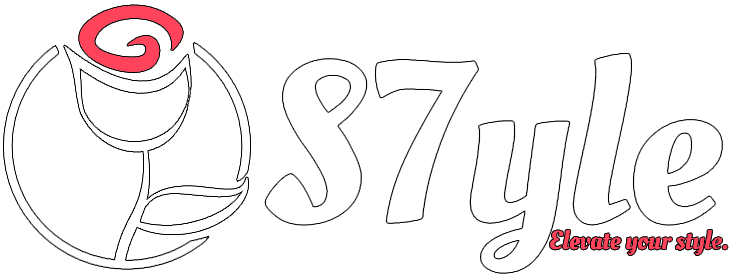Regardless of how a lot injury management I attempt to do for my acne-prone pores and skin in the summertime, my face nonetheless finally ends up changing into a sweaty, shiny, tomato-red mess inside minutes of stepping exterior. And positive sufficient, there’s at all times a brand new zit or two brewing shortly after.
I’ve tried the whole lot (together with blotting papers to sop up oil and “redness aid” serums to calm my infected face) however nothing labored—till I purchased a bottle of hypochlorous acid. Based on a bunch of individuals on TikTok who relate to my seasonal struggles, this skin-saving ingredient is a grasp at banishing sweat-spawned pimples—and after two years of utilizing it myself, I’m joyful to substantiate that it’s my secret weapon for protecting blemishes at bay.
Simply to ensure these spectacular outcomes aren’t all in my head, although, I requested two dermatologists if these items really deserves my rave evaluation. Right here’s the whole lot they informed me about my skincare BFF.
So, what’s hypochlorous acid?
Hypochlorous acid is an antibacterial (which means it could kill micro organism, together with the sort that causes zits) and antimicrobial (it destroys different pathogens like fungi and viruses) compound that’s present in a variety of family disinfectants, together with bleach.
However don’t let that scare you away: As a lifelong member of the sensitive-skin membership, I might by no means suggest one thing you’d use on a dirty bathtub in your delicate face. When hypochlorous acid is correctly diluted, it’s protected for just about anybody to attempt, Azadeh Shirazi, MD, a board-certified dermatologist in San Diego and the founding father of skincare firm AziMD, tells SELF.
“Our white blood cells naturally produce hypochlorous acid [made of hydrogen, oxygen, and chlorine] as a part of an immune response to battle off micro organism and viruses,” Dr. Shirazi explains. Skincare corporations chemically replicate this pure compound by electrically charging a combination of salt, water, and vinegar (a course of known as electrolysis), so it may be used topically. And analysis reveals that this resolution is mild sufficient to make use of instantly in your face to do away with the little microorganisms answerable for your breakouts.
(Plus, since hypochlorous acid already exists in your physique, it’s much less prone to trigger irritation and allergic reactions in comparison with stronger zits remedies like benzoyl peroxide, Dr. Shirazi provides.)
Right here’s how hypochlorous acid might help forestall zits in the summertime—and past.
As I complained about above, when the warmth and humidity ramp up, my pores and skin feels bumpier than typical. That’s fairly frequent, analysis suggests, as a result of excessive temperatures can set off your physique to provide extra sebum (the pores and skin’s pure oil)—which, in extra, can result in breakouts. When sweat mixes with that further oil, together with the dust and useless pores and skin cells already in your face, you’ve acquired the right storm for clogging pores and creating annoying blemishes, in accordance with the American Academy of Dermatology
So for these occasions whenever you’re a sticky, sweaty mess—and double-cleansing isn’t an choice—Dr. Shirazi recommends spraying your face with hypochlorous acid. Not solely will that little spritz really feel cooling and refreshing, however this derm-favorite ingredient may forestall and kill acne-causing micro organism, which thrive in heat, moist environments (like your sizzling, sticky face), she provides.


